Catocala mira
Catocala mira
kah-TOCK-uh-lahmMYE-ruh
Grote, 1876
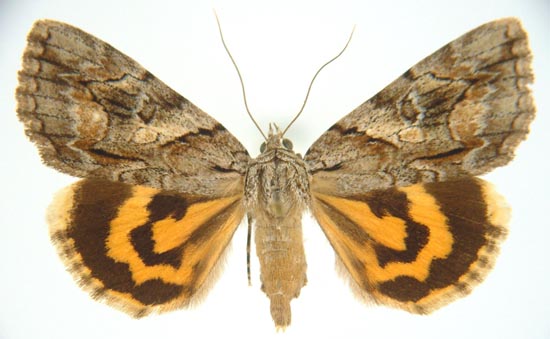
Catocala mira female, Louisiana,
by Vernon Antoine Brou.
This site has been created by
Bill Oehlke at oehlkew@islandtelecom.com
Comments, suggestions and/or additional information are welcomed by Bill.
| TAXONOMY:
Superfamily: Noctuoidea
Family: Noctuidae
Group: Noctuinina
Subfamily: Catocalinae
Genus: Catocala, Schrank, 1802
| |
MIDI MUSIC
"Moon River"
copyright C. Odenkirk
MIDI CITYON.OFF
<bgsound src="moon.mid" LOOP=FOREVER>
|
DISTRIBUTION:
This species has also been reported in
Arkansas,
Georgia,
Indiana,
Kansas,
Kentucky,
Louisiana,
Massachusetts,
Mississippi,
Missouri,
Nebraska,
New Jersey,
New York,
North Carolina,
Ohio,
Oklahoma,
Pennsylvania,
South Carolina,
South Dakota,
Tennessee,
Vermont,
Virginia,
West Virginia and
Wisconsin.
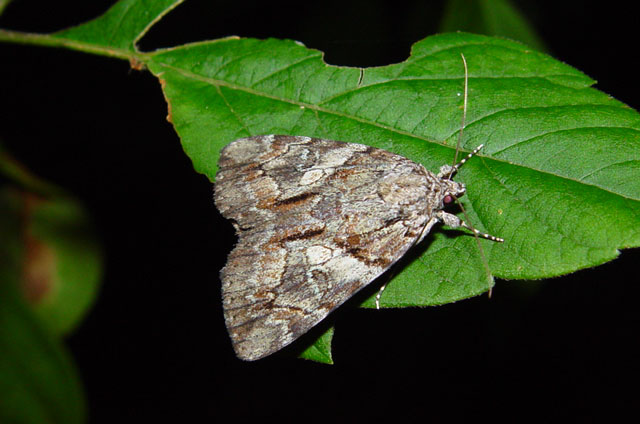
Catocala mira, Peterborough, Ontario, August 18, 2004,
courtesy of Tim Dyson copyright
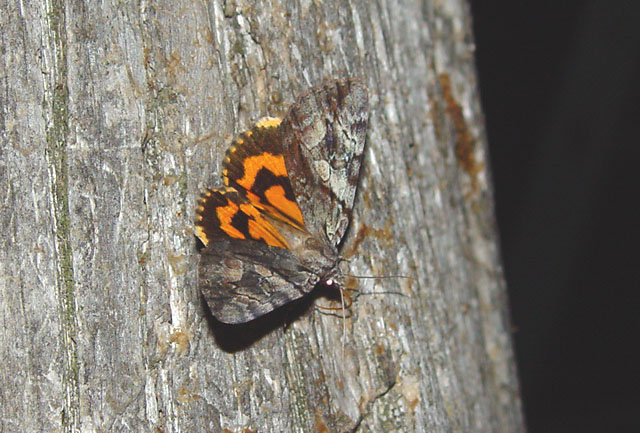
Catocala mira, Peterborough, Ontario, August 11, 2004,
courtesy of Tim Dyson copyright
The pale basal area of the forewing distinguishes mira from blandula
(dark brown) and crataegi (black).
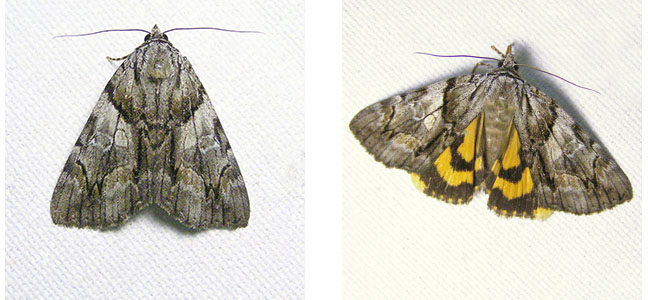
Catocala mira, Calumet County, Wisconsin, July 8, 2007, courtesy
of Carroll Rudy.
In Catocala mira the basal area is grey and lighter than in either C. blandula or C. crataegi.
There is a thin black dash emanating from the body (midpoint of wing juncture) about 1/3 of the way into the basal area.
The antemedian line is dark and distinct, running quite obliquely toward the anal angle, for its upper half. The lower half of the am line is
indistinct and turns toward and continues to the inner margin.
The median area has a distinct light area, almost white, running from the subreniform spot to the costa, just above the dark, oblique am line.
The subreniform spot is closed, outlined with a thin dark line and inwardly filled with light brown.
The reniform spot is outlined in black with a smooth C-like curve (right forewing) toward the body. Darker, grey-brown scaling fills this
upper spot, and the reniform spot is outlined in white, more prevalent toward the outer margin.
The wing veins are often distinctly covered in black scales in the area just ouitside the reniform spot.
The postmedian line is distinct, beginning at the costa just above the reniform spot. The pm runs obliquely to the upper tooth, usually followed
by a somewhat shorter tooth and then an almost smooth curve to the dark dash, paralleling the inner margin.
The subterminal area is a mix of mostly brown scales with some grey and white, just inside the subterminal line. The terminal area is grey and
the veins are usually pronounced with black scaling.
On the hindwing the black inner band is very irregular, relatively thin and makes a complete loop back toward the body. The yellow-orange median band
is relatively even/smooth to the first of two projections into the outer band. The fringe is orange and heavily checked, often lighter to white
at the hw apex.
|
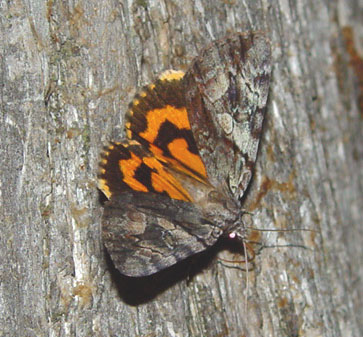
Catocala mira, August 11, 2004,
courtesy of Tim Dyson copyright. |
Moths come in to lights and to bait.
FLIGHT TIMES AND PREFERRED FOOD PLANTS:
Catocala mira are usually on the wing
from July to August, earlier in Texas.
The Catocala mira caterpillar shows a preference for
hawthorn species.
ECLOSION:
Adults eclose from pupae at soil surface.
SCENTING AND MATING:
Catocala mira females
emit an airbourne pheromone and males use their antennae to track the
scent plume.
EGGS, CATERPILLARS, COCOONS, AND PUPAE:
Eggs are deposited on
tree bark in the fall and hatch the following spring.
Larval Food Plants
Listed below are primary food plant(s) and alternate food plants.
It is hoped that this alphabetical listing followed by the common
name of the foodplant will prove useful. The list is not exhaustive,
although some species seem very host specific.
Experimenting with closely related foodplants is worthwhile.
Crataegus.......
|
Hawthorn
|
This page is brought to you by Bill Oehlke and the
WLSS. Pages are on space rented from Bizland. If you would like to become a "Patron of the Sphingidae/Catocala Sites",
contact Bill.
Please send sightings/images to Bill. I will do my best to respond to requests for identification help.
Enjoy one of nature's wonderments: Live Saturniidae (Giant Silkmoth) cocoons.

|

To show appreciation for this site, click on the flashing
butterfly to the left, a link
to many worldwide insect sites. |
Return to Canadian Index
Return to Main Index






